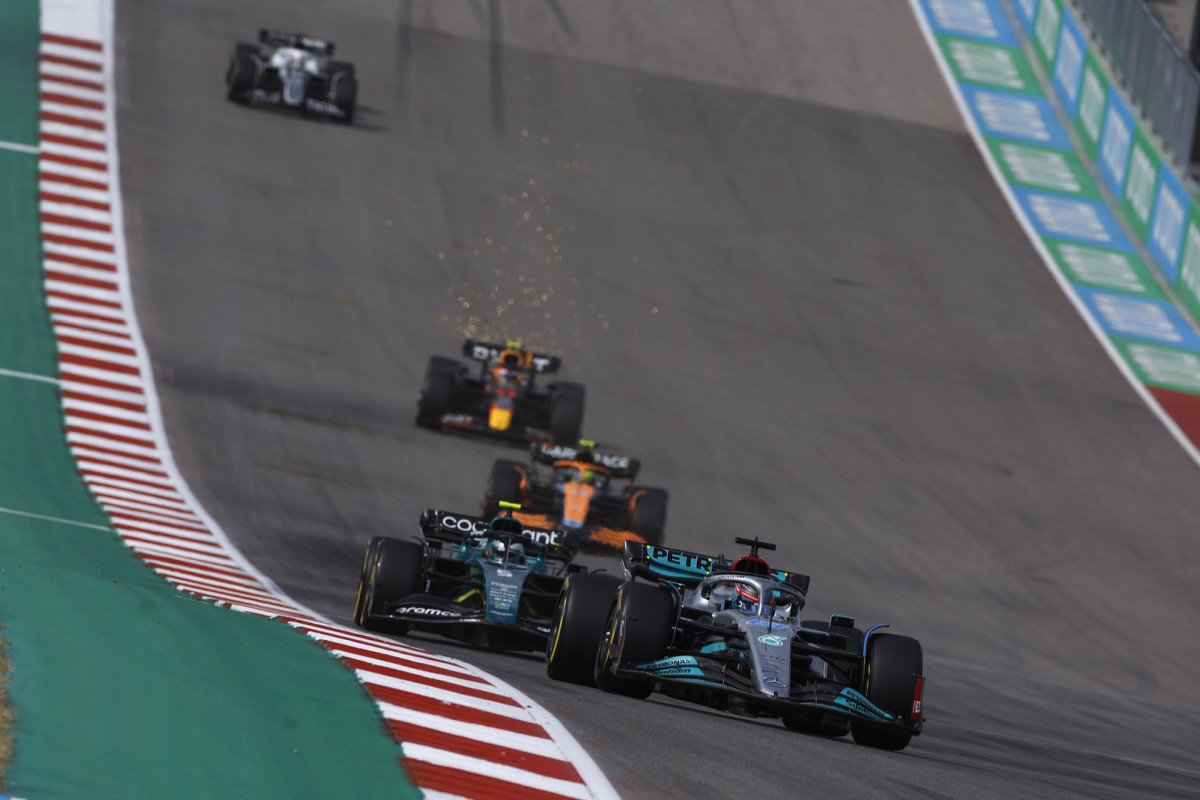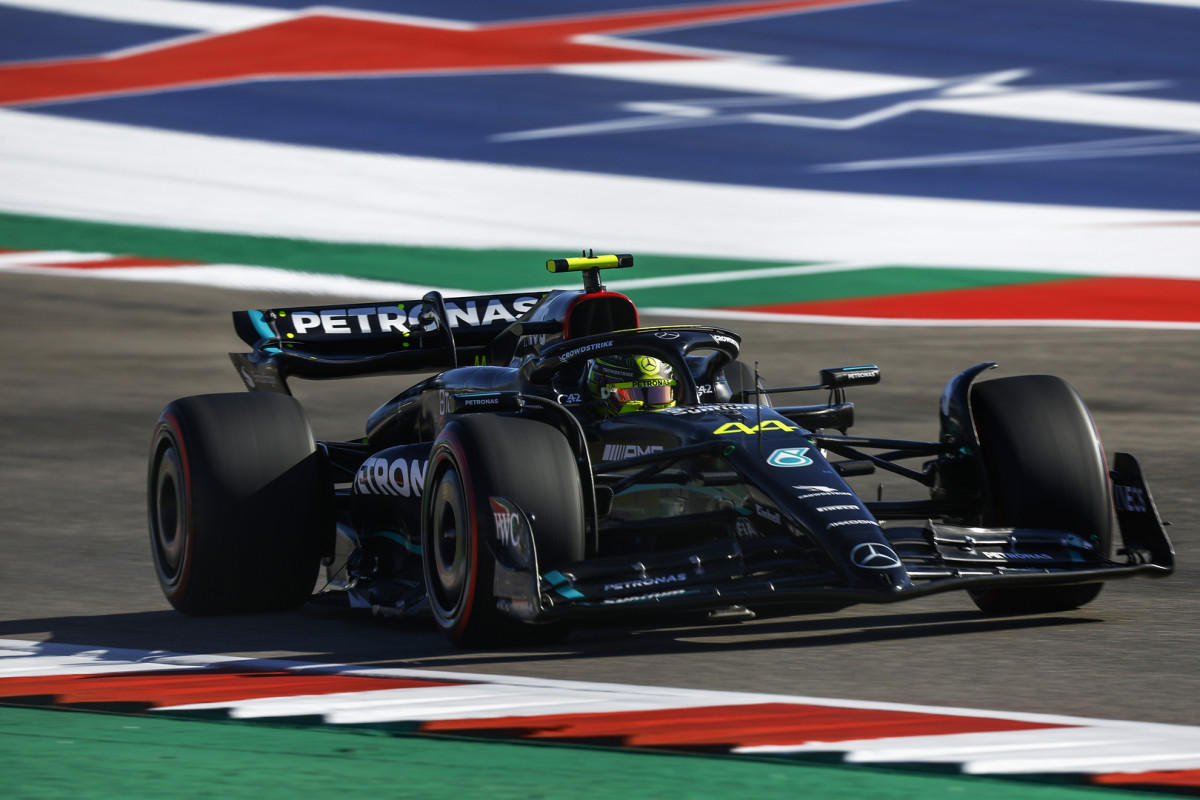F1 News: What Are Skid Blocks That Caused Lewis Hamilton And Charles Leclerc's Disqualification?

Both Lewis Hamilton and Charles Leclerc were disqualified from the United States Grand Prix for excessive skid block wear, causing them to lose their P2 and P6 positions respectively when the FIA made random checks on four cars after the race.
The findings of the investigation suggested that the skid blocks on the Mercedes and Ferrari were excessively worn to the point that they did not meet Formula 1's technical regulations.
Listen To The Latest Driven Mad Podcast Episode
If you're wondering what a skid block is, it is a wooden plank placed underneath the F1 car that stretches from the front to the back. Made of a wood material called Jabroc, its primary purpose is to protect the floor of the car when it goes over the kerbs or bumps at high speeds.
It is also called skid plates or skid pads, introduced in 1994 to prevent the cars from being excessively low to the ground for the purpose of safety, after the tragic death of Ayrton Senna.
Sparks Underneath The F1 Cars
If you think that the sparks being emitted from underneath the F1 cars are from the skid block, then you're partially right. The teams strategically attach titanium blocks on wood plank which then hit the ground when the cars bottom out.
Though the sparks are exciting to look at, the titanium blocks on the plank take the hit from the ground at high speed when the downforce is strong to prevent the wood from being destroyed.

The Skid Block Rules
There are rules in place that accept a certain degree of wear on the skid block throughout the race.
As per Formula 1's technical regulations, the plank must be 1 cm (10mm) thick. After the race, if the thickness is less than 9mm, then it would be declared a breach of the technical regulations leading to a disqualification.
Article 3.5.9 e) of the 2023 F1 technical regulations pertaining to the skid block rule states:
"The thickness of the plank assembly measured normal to the lower surface must be 10mm [plus or minus] 0.2mm and must be uniform when new.
"A minimum thickness of 9mm will be accepted due to wear, and conformity to this provision will be checked at the peripheries of the designated holes."
The first skid block violation came from Michael Schumacher in 1994 during the Belgian Grand Prix. His victory was short-lived after his skid block had signs of excessive wear on it that caused him to be disqualified from the race.

